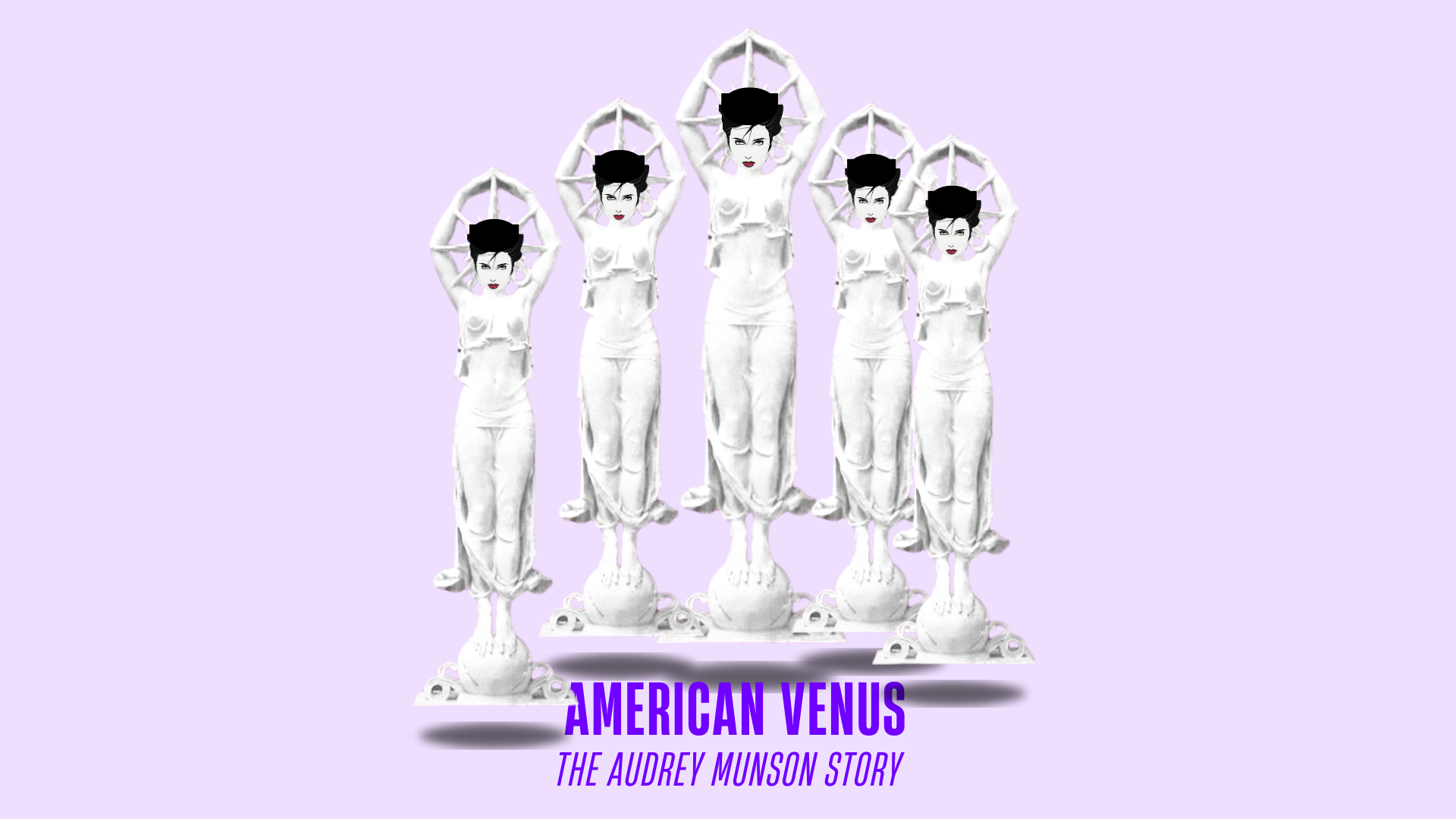
The first supermodel America made; the first they silenced
By STEPHANIE ANN BOYD and Jessica Lynn Suchon
The creators of Sheltering Voices, Millennial Elegy, Undressing for a Personal Apocalypse, Flower Catalog, Even a Woman, and Every Shadow Takes the Shape of a Daughter
1915: Audrey Munson becomes America’s first supermodel. Thousands of copies of a statue depicting her as the Star Maiden are made for the Worlds Fair, and she will soon be the model for most of the statues in Central Park. She is the muse for nearly every sculptor of the early 1900s and quickly becomes the ideal woman of the 20th century.
Her likeness appears in hotel ballrooms, Central Park, films, the World’s Fair. Audrey is everywhere. Today, she’d be a Deuxmoi darling– a model accused of murder, America’s first Bachelorette handing out roses to cowboys, pilots, and Manhattan Project scientists alike, an original It girl. Audrey is the most adored woman in America until she isn’t.
She gets older. Newspapers vilify her. She says no to the wrong powerful man. The work dries up and so do the party invitations.
Reporters hound her more than ever until, on her 40th birthday, Audrey receives the ultimate surprise: her mother commits her to a mental hospital where she stays until she passes at 107-years-old. After making men rich, she dies broke. After her face and body were carved into hundreds of stones, she is buried without one in an unmarked grave.
You’ve seen her too, but you’ve never heard of her. You may recognize other women in her story. She is an oracle who sends a warning from the past: this has happened before and will happen again.
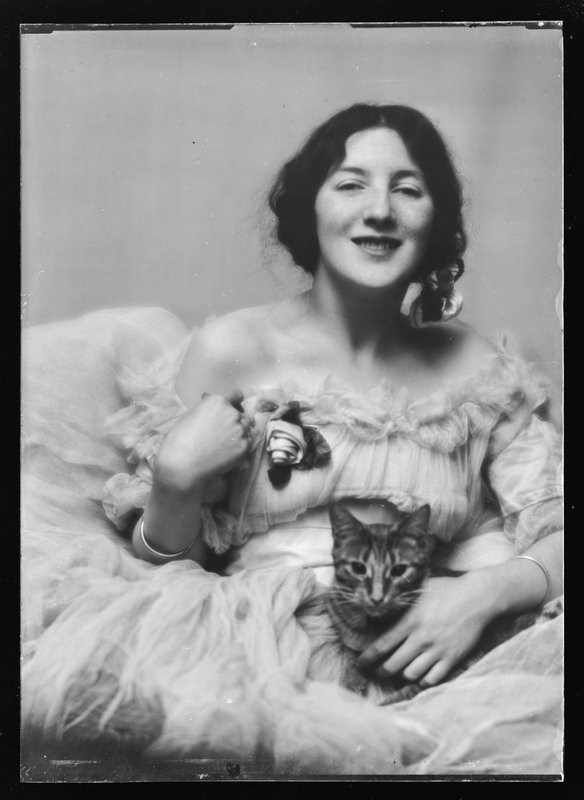
Audrey was born exactly 100 years before Jessica (librettist) and Stephanie (composer).
Audrey is most of the statues in Central Park. She is also on the municipal building. She was the iconic Star Maiden of the World’s Fair of 1915.
She had many fiancés but never married.
Audrey was the first movie star to ever arrive on set via plane (in the personal plane of a very young Mr. Lockehead).
40% of the San Francisco population went to see that movie.
Audrey ruined a very important NYC high society power-broker marriage when the groom fell in love with her before the wedding could happen.
Audrey did a Cinderfella: held a year-long search for the perfect husband wherein men from all over the country essentially sent in their manly resumes. She ended up choosing a man who didn’t exist, and fled society soon after.
Audrey was body positive during a time when corsets were still standard. She refused to wear them (that is when she wore anything at all!)
For a time, Audrey and her mother lived on 70th street a block away from Stephanie.
Audrey and her mother later moved to an apartment owned by a landlord who killed his wife to “be available” for Audrey, even though they had no relationship.
Newspapers seized on this story, and wrote so many misleading headlines and articles that she became known as “the murdering mistress” instead of “miss Manhattan”.
That apartment with the murdering landlord? Right under where the MET is now.
She wrote and submitted her own obituary to newspapers to try to find some peace after she fled to the countryside.
After she was blacklisted, Audrey moved out into the countryside and worked in a diner while her mother sold knives door-to-door.
After starting to show signs of pyromania, Audrey was finally committed on her 40th birthday by her mother to the St. Lawrence State Hospital where she lived the rest of her life—67 more years.
This is where she finally found peace from reporters, haters, and fans. She was the darling of the ward, a mysterious figure whose stories were hard to believe but who also wore furs and silks—remnants from her heyday. She would often go decades without a visiter.
Audrey died at 107, having outlived everyone who used or abused her.
She was buried without a headstone, without an obituary, though the NYT finally wrote one for her a few years ago.
ZEITGEIST
Psychological Thriller
80s Synth
TikTok Voice
Patrick Nagel
maximalist
Monica/Britney/
Meghan/Anita
Construction
STORY
Audrey’s story needed three acts to tell in full, but the opera is engineered so that the first act makes sense as a stand-alone work.
MUSIC
The opera is constructed in self-contained pieces, each one a different type of poem set to a different type of music, such as:
Lullaby—Sonnet
Shanty—Fable
Fugue—Epic
CHRONOLOGY
The acts start at the end of her life and move backwards while the scenes within each act are chronological.
Scenes
ACT 1—DESCENDING NIGHT—1982
Scene 1: Lament–A Sonnet
Scene 2: Lullaby–A Sonnet
Scene 3: Where it all went wrong!
Scene 4: Nocturne on Roller Skates
ACT 2–STAR MAIDEN–1915
Scene 1: All The World’s a Stage (World’s Fair)
Scene 2: En Vogue (Paris/Hollywood)
Scene 3: The 400 (ballroom)
Scene 4: Cinderfellas
Scene 5: Saw it in the Papers
ACT 3–THE THREE GRACES–1908
Scene 1: Her Chorus Line
Scene 2: Witnessed at Tiffany’s
Scene 3: Making Goddesses in her Own Image
Scene 4: She Made it Here
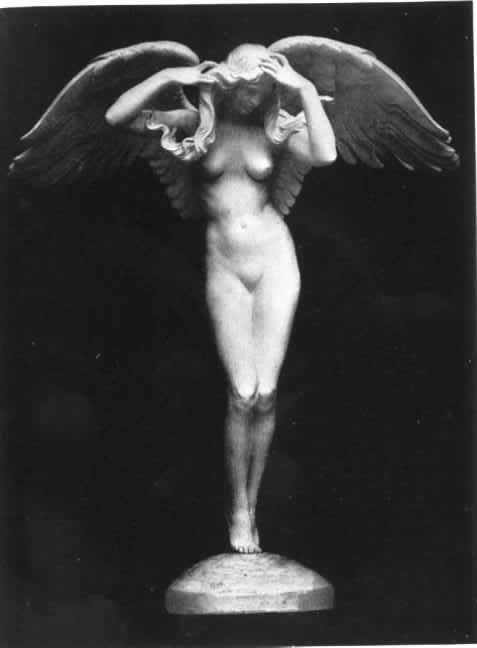
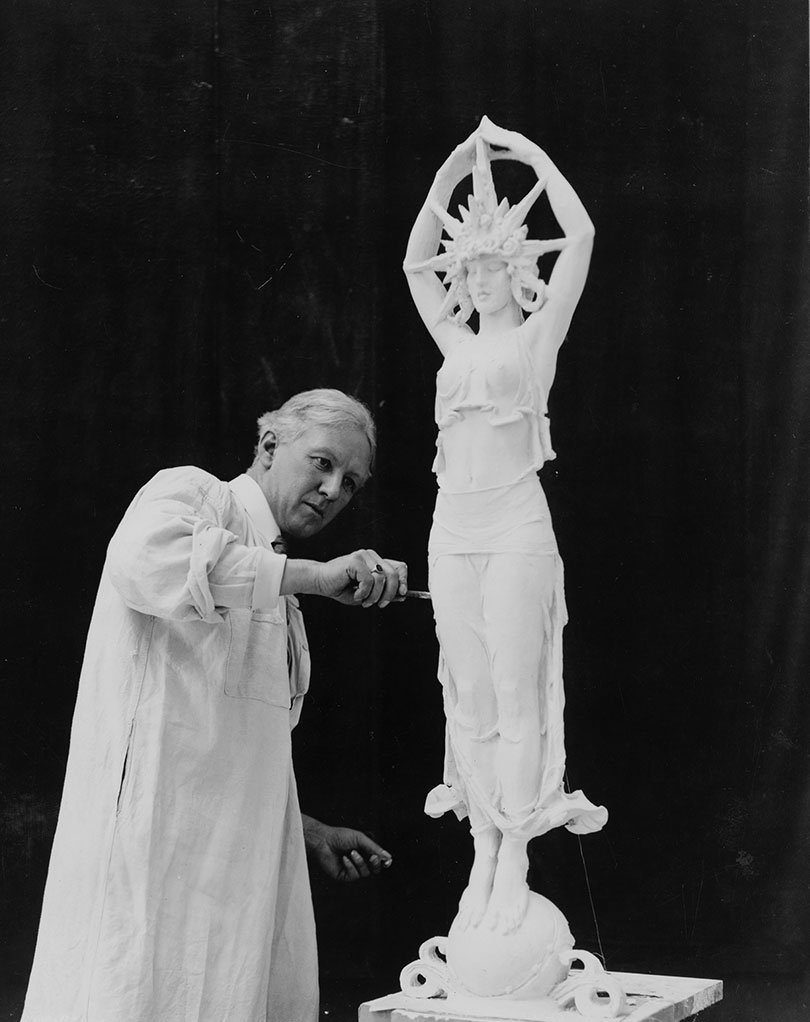
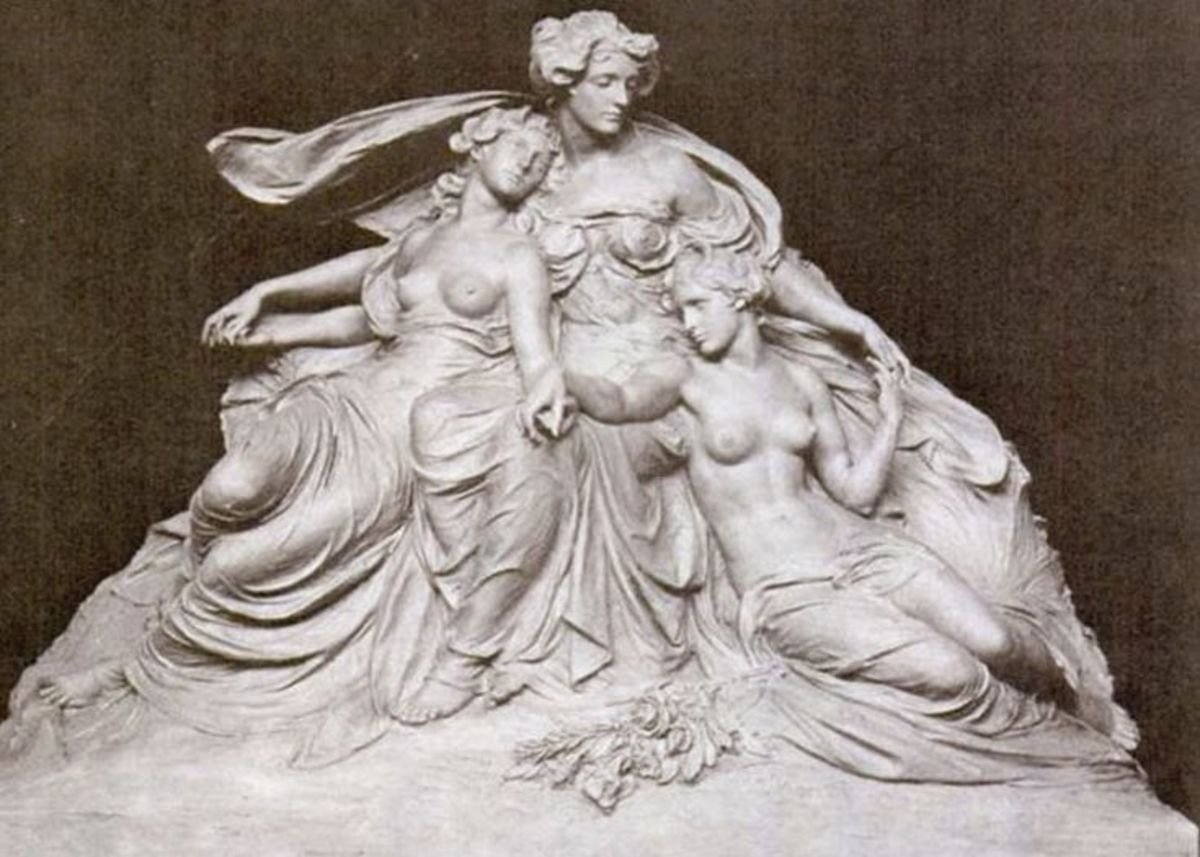
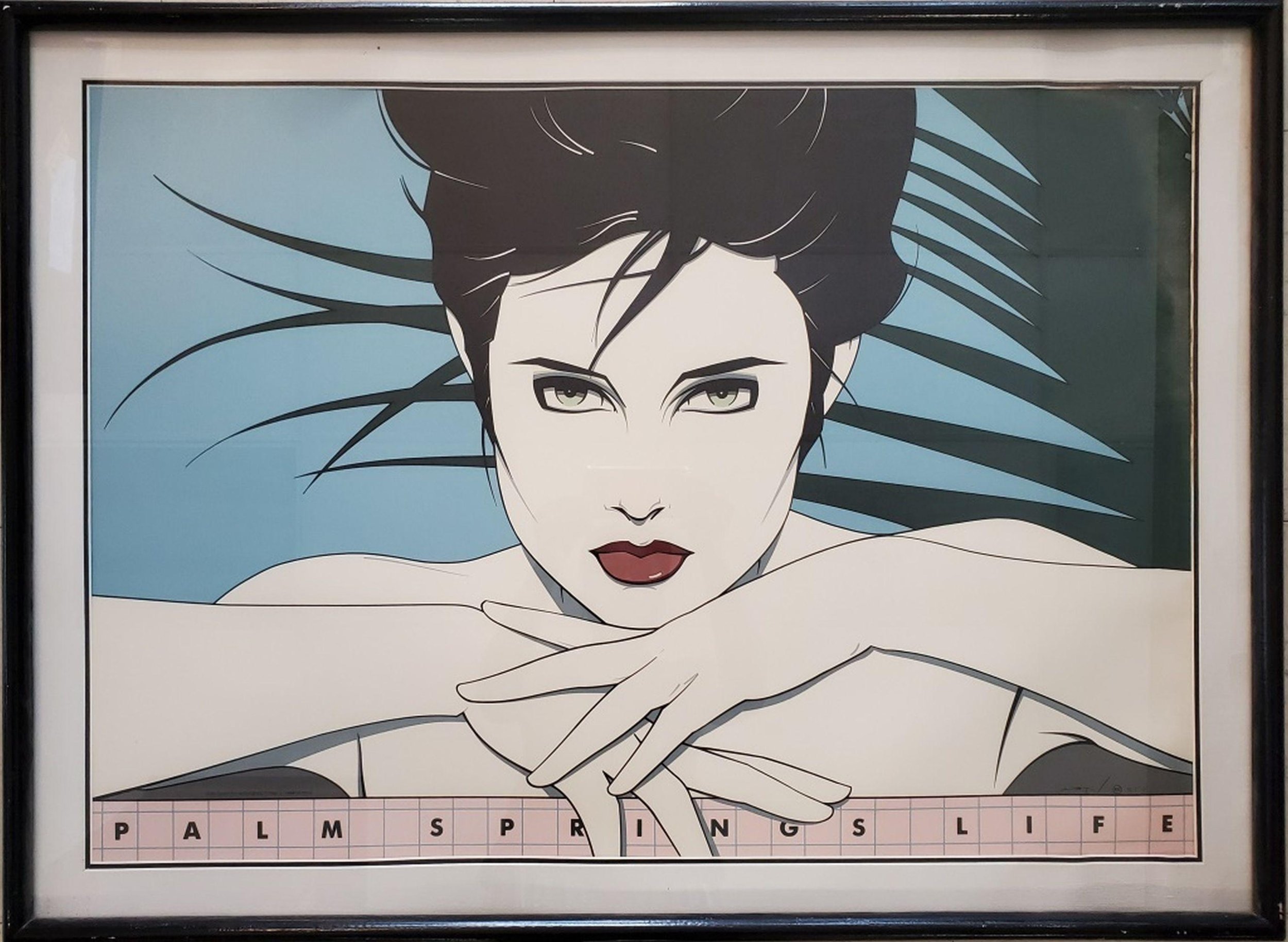
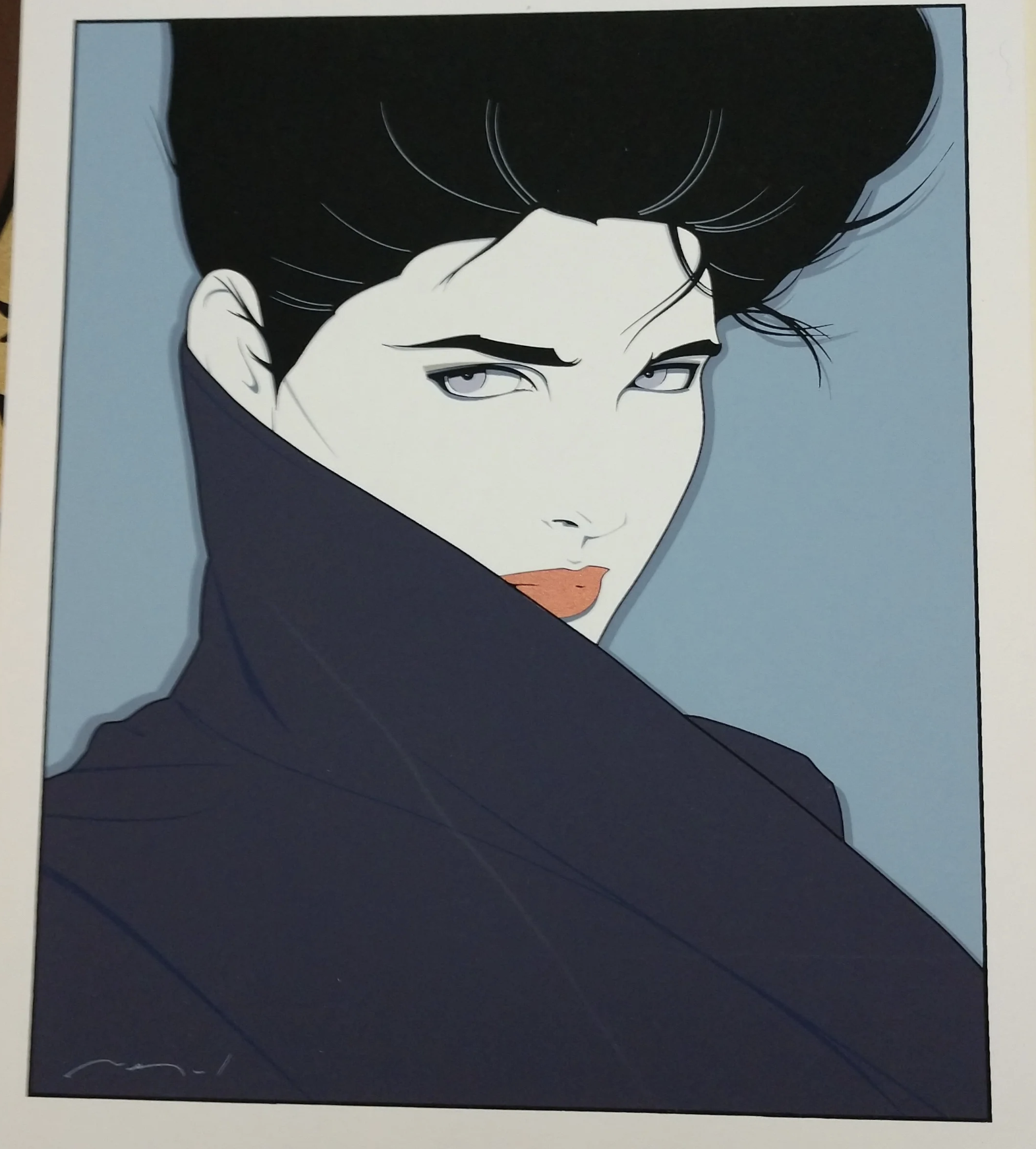
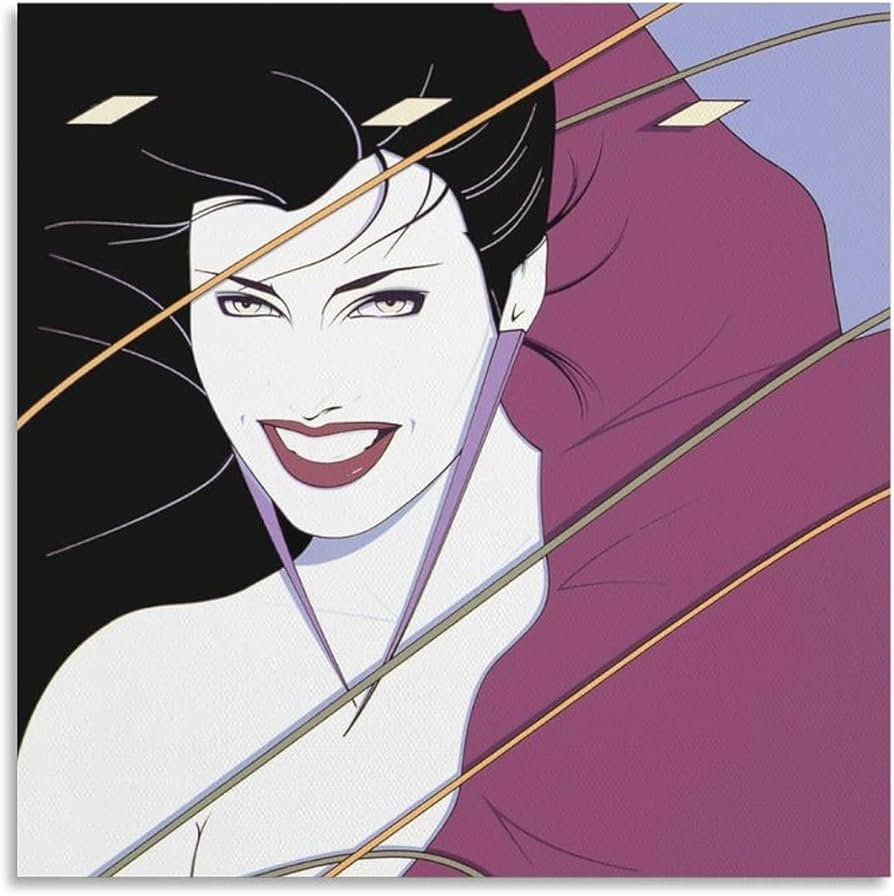
ACT 1–DESCENDING NIGHT–1982
Audrey’s ward at the St. Laurence Hospital
COLOR PALETTE: Shades of Amethyst Purples, Pale Silver lighting, stage edges in the dark.
SET: Women’s sleeping quarters at St. Lawrence State Hospital. Thin metal beds line the right and left side of the stage a la Madeleine
Characters:
Audrey: mezzo
Her Mother: soprano
Audrey’s Father: baritone
The Statuary: women’s chorus
(ORCHESTRA: OVERTURE–3 MIN)
CURTAIN: “DESCENDING NIGHT” IN THE STYLE OF NAGEL
Curtain rises upon Audrey, in a dressing gown with one shoulder revealed and wearing slippers, standing center stage on a makeshift soapbox pedestal, gracefully holding the pose of Descending Night. She is surrounded by “statues” of herself–a true greek chorus. They are draped in white robes and wearing hot pink roller skates.
Audrey sings to her fellow wards (seemingly the audience/4th wall) about the gilded days of her fame and how much she misses that work and those stages. (LAMENT–SONNET)
The statuary nods heads in agreement/support and starts singing to her of their support. (CALL AND RESPONSE)
Audrey sees her father behind one of the statues, and calls out to him. He tells her he overheard what she was saying, and proceeds to tell her. (LULLABY: SONNET) about his regret at not having protected her better after leaving the family for his secret other family when Audrey was a little girl.
Feeling touched and surprised to hear this, she opens up and starts to tell her father stories of the perfect storm that set about the end of her career. (RHAPSODY–RHAPSODIE)
Whatever statue she was working on at the time of that particular incident skates up to her and puts a hand on her shoulder, supporting/listening: Audrey tells her father how:
A film about her life, starring her, was seen in theaters by 40% of the inhabitants of San Francisco alone, never mind the rest of the world, and the producers didn’t send her the checks they promised.
(MUSIC MOOD: sorrowful to bewildered)
How when she left film and a few days into the run of a new play on broadway, starring her, she fought off the second most powerful producer in nyc when he entered her dressing room unannounced. The play was abruptly cancelled a few days later, and directors started dodging her calls. Thanks to his running most of the theaters, she was promptly and permanently blacklisted. By this point, Audrey’s mother was having to sell kitchen knives door to door.
(MUSIC MOOD: bewildered to shameful)
Finally, Audrey tells her father about the final straw: how her landlord murdered his wife in a delusional effort to be free to marry her, how the newspapers used headlines accusing her of being a murdering mistress caused the sculptors who were by now her long-term collaborators to refuse her work, citing that they couldn’t model a statue of “Lady Virtue” or “Angel of Truth” on a murderess. She ends this section standing back on the soapbox.
(MUSIC MOOD: incredulous to anger to righteous indignation) (CLIMAX)
The statuary begin skating in circles, singing more and more quietly as the lights dim. One by one they leave the upstage right and quietly one by one come back out downstage left and sit down, cross legged, eagerly looking at Audrey, their togas having been taken off backstage to reveal middle aged women in nightgowns and housecoats and hair curlers (the institution’s inhabitants were mainly little boys with learning disabilities…. and so, so many mother-in-laws). (NOCTURNE-RECAP)
There is a smattering of applause from the women, and they all get up and pass by her, each saying “goodnight, Audrey”. They all get into bed, climbing under their covers and turning their backs to Audrey and the audience. Audrey’s father snuck off a while ago.
(ORCHESTRA–SILENCE EXCEPT FOR PEDAL TONE IN BASS AND PALE PPP HARMONIC DRONE IN STRINGS).
Audrey looks down for three beats, shakes her head in resignation, then looks up at us, staring with potent energy at three or four specific places in the audience, three/four beats each, in turn.
Then, with a big sigh, Audrey steps off her soapbox and climbs into bed herself. (ORCHESTRA CRESCENDOS INTO A FURY AS THE CURTAIN FALLS) Curtain